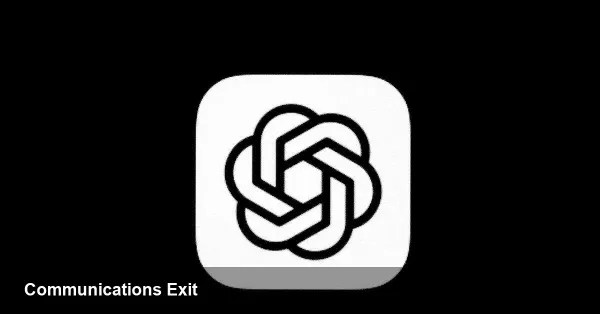SpaceX's Unstoppable Barrage: Another Starlink Launch
- SpaceX successfully launched 29 Starlink satellites from Florida's Kennedy Space Center.
- The mission, Starlink 6-89, was the first of two rocket launches planned within just a few hours.
- The veteran Falcon 9 booster completed its eighth flight and landed successfully on a drone ship at sea.
- This marks the 533rd successful booster landing for SpaceX, showcasing its continued dominance in rocket reusability.
Space Coast Doubleheader: SpaceX Kicks Off a Busy Night
SpaceX has once again demonstrated its relentless launch cadence, lighting up the Florida night sky with a Falcon 9 rocket on Friday. The mission, designated Starlink 6-89, lifted off from the historic Launch Complex 39A at NASA’s Kennedy Space Center at 10:08 p.m. EST, marking another step in the expansion of the company's global internet service.
This launch was just the beginning of a busy weekend for the Space Coast. It was the first of a pair of Starlink missions scheduled within the same four-hour window, a testament to SpaceX's operational efficiency and the high demand for its satellite constellation.
The Workhorse Rocket and Its Payload
Soaring on a southeasterly trajectory over the Atlantic Ocean, the Falcon 9 carried a payload of 29 Starlink satellites. These satellites will join the thousands already in orbit, aiming to provide high-speed, low-latency internet to users around the globe, especially in underserved or remote regions.
The weather proved to be a non-issue, with the 45th Weather Squadron forecasting a greater than 95 percent chance of favorable conditions for both of the evening's planned launches. This near-perfect weather allowed the mission to proceed without any delays.
Eighth Flight for a Veteran Booster
A key element of SpaceX's rapid launch capability is its mastery of rocket reusability. The first-stage booster used for this mission, tail number B1092, was making its eighth successful flight. Its impressive resume includes prior missions such as CRS-32 and NROL-69, highlighting the reliability and versatility of the Falcon 9 fleet.
A Pinpoint Landing at Sea
Following stage separation, the veteran booster performed a flawless descent back to Earth. Approximately 8.5 minutes after liftoff, B1092 landed perfectly on the autonomous drone ship, ‘A Shortfall of Gravitas,’ which was stationed in the Atlantic Ocean. This recovery marked the 132nd successful landing on this specific vessel and the 533rd overall booster landing for SpaceX, further solidifying the company's lead in the commercial space race. The second mission of the night, Starlink 6-85, was scheduled to follow shortly from nearby Cape Canaveral, promising another spectacle for sky-watchers.




